Compounded Semaglutide
Dosage and Administration
The prescribing doctor will set the initial dosage and a program for further increases if the results indicate that higher doses are needed. It should be injected subcutaneously once each week on the same weekday at about the same time of the day. Do not use the same site for each injection but administer in rotation weekly in the abdomen, thigh, or upper arm.
Some common side effects of semaglutide are diarrhea, nausea, vomiting, constipation, indigestion, and abdominal pain. If these persist or worsen, talk to a healthcare provider or pharmacist.
Warnings
In animal studies, it has been found that GLP-1RAs and similar drugs may cause thyroid tumors, including thyroid cancer. If there are any symptoms like a lump or swelling in the neck, hoarseness, trouble swallowing, or shortness of breath, these may be symptoms of thyroid cancer.
People who have any personal or family history of medullary thyroid carcinoma (MTC), or who have the endocrine system condition called Multiple Endocrine Neoplasia syndrome type 2 (MEN 2) should not be taking semaglutide.
Less frequently, semaglutide may cause serious side effects, including:
- Pancreatitis (inflammation of the pancreas). The symptoms are severe and persistent pain in the stomach area possibly along with vomiting. The pain may spread from the abdomen to the back. If these symptoms are felt, stop using semaglutide and visit a healthcare facility right away.
- Low blood sugar (hypoglycemia) is possible if semaglutide is being used along with other medicines that reduce blood sugar levels (such as sulfonylurea or insulin.) Symptoms of low blood sugar can include dizziness or light-headedness; sweating; confusion or drowsiness; headache; blurred vision; slurred speech; shakiness; accelerated heartbeat; anxiety, irritability or mood changes; hunger; weakness; or jitters. If these occur, go to an emergency healthcare facility immediately and tell them what medications you have taken.
- Semaglutide can cause an allergic reaction. Symptoms include swelling of the face, lips, tongue or throat; problems breathing or swallowing; severe rash or itching;, fainting or feeling dizzy; or very rapid heartbeat. Get medical help right away if any of these appear.
- Some gallbladder problems have occurred. Report to the healthcare provider right away if there are symptoms of gallbladder problems, such as pain in the upper abdomen; fever; yellowing of skin or eyes; or clay-colored stools.
| OPTION | 1mg/mL 1 mL Vial, 1mg/mL 2.5 mL Vial, 5mg/mL 1mL Vial, 5mg/mL 2.5mL vial |
|---|

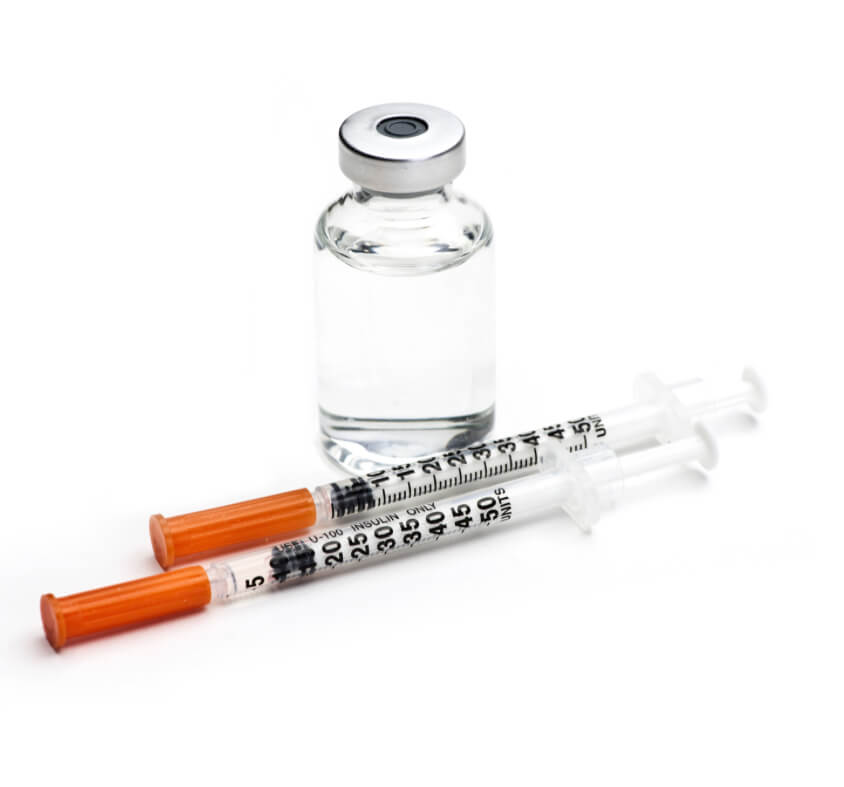
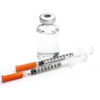

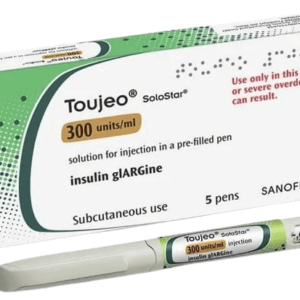


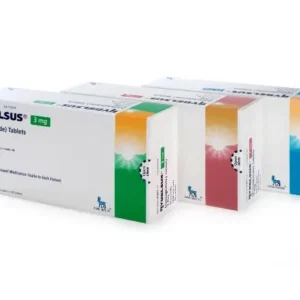
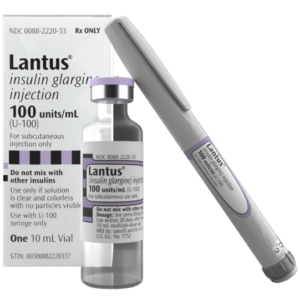
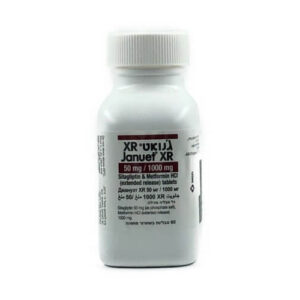


Reviews
There are no reviews yet.